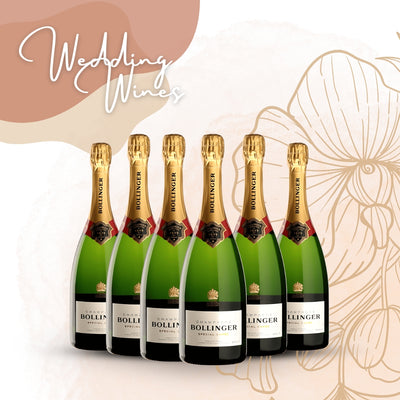The New Craft Gin Craze
The Whisky boom led to a global shortage of these amber drams, some distilleries don't have enough stock in their ageing warehouse for the surging demand, have to pull aged products and replace with the ones that have no age statement. Gin distillers waste no time and get into the battle in the Spirits category, Craft Gins has been seeing a renaissance.
The earliest Gin recipe is documented about 500 years ago, the Dutch claimed they invented it, and the Italians too, but it's the British who made it popular. Whisky needs to be aged in barrels, a process that takes years, but for Gin, distillers can achieve the flavours by adding botanicals, fruits or vegetables, it's not necessary to wait for a long time and at the same time lowered the production cost. You can imagine it's a good news for the Spirits lovers.
Unlike Whisky, the legal definition of Gin is quite loose, apart from the essential juniper, not only distillers can use botanicals, but also artificial flavouring substances. Before London Dry Gin was coined, Gin was always sweetened by lots of sugar.
Craft Gins are more focused on natural ingredients. Distillers will put the neutral spirits together with some natural botanicals and redistill in traditional stills. In the European Union, London Gin or London Dry Gin means less than 0.1 gram of sugar per litre is added, no colouring nor artificial flavouring are allowed too. Distillers are free to pick the botanicals that they like to create a unique Gin, and sky is the limit.
Gin & Tonic maybe the best way to enjoy Gin, or stir well with 1/6 Dry Vermouth and add some olives, and you will get a classic Martini. If what you got is a nice bottle of Craft Gin, why don't you just put some ice cubes, then sit back and relax.




